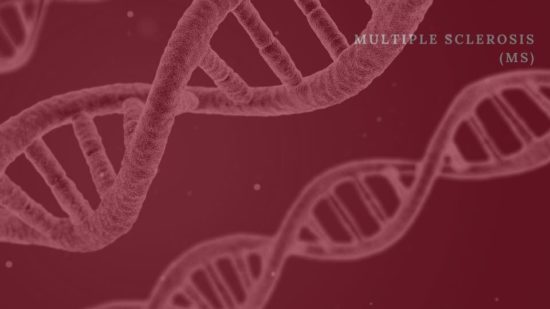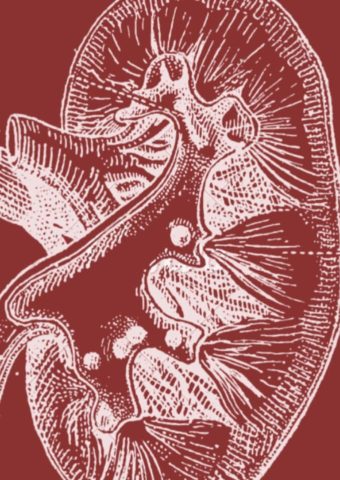Multiple Sclerosis (MS) Causes, Symptoms & Types
Ms is a progressive central nervous system disorder that affects the function of your brain and spinal cord.
Table of Contents
Causes
It occurs when the immune system treats myelin sheath as a threat, attacking the cells that produce it and the Myelin sheath itself.
It can alter communication between the brain and the rest of the body.
The scars left on the nerves inside the sheath after the attack is called sclerosis.
What causes MS is not known, but the scientist suggests the factors below contributes to developing MS.
- Genetics: MS is not hereditary, but researchers believe abnormalities in some genes increases your chances of developing it.
- Environmental – Researchers have linked the lack of vitamin D in the body to increase your chances of developing MS.
Multiple Sclerosis Symptoms
MS symptoms vary from one person to another, depending on the nerve fiber affected. Common symptoms include;
- Vision problems – Pain in the eye, blurry vision, double vision – Is One of MS’s most common symptoms. It occurs when the Optic nerve is inflamed, disrupting the central image.
- Weakness – Unexplained weakness is expected in the early stage of MS. It occurs when the nerves are deteriorated in the spine.
- Tingling and muscle stiffening or tightness are among the most common MS signs and often affect the face, arms, fingers, and legs. When the brain sends conflicting messages around the body, Sometimes no message is transmitted, resulting in numbness.
- Tremor – is a common symptom of MS.
- Bowel and bladder problems – Urinary-related symptoms are a common symptom of MS. Inability to hold in urine and bowel control is lost.
- Sexual dysfunction – Lower sex drive Is reported among people with MS.
- Difficulty walking – Numbness, pains, and tingling, which are all common symptoms of MS, can cause mobility problems.
- Cognitive Problems: Problems with cognitive function are a common symptom of MS. It can include; Language problems, memory problems, etc.
Multiple Sclerosis – Types
There are four primary types of MS, these are;
- Secondary progressive multiple sclerosis (SPMS) is one of the most common MS types, characterized by worsening symptoms of Relapsing-remitting multiple sclerosis. If you are diagnosed with SPMS, You may have had RRMS, and the neurologic function has just got worse.
- Progressive relapsing multiple sclerosis (PRMS)- This is the least common type of MS. Individuals diagnosed with PRMS are now considered to have PPMS as the symptoms are similar. PRMS symptoms are usually worse from the beginning.
- Primary progressive multiple sclerosis (PPMS)- This is the degeneration of neurological function. This type of MS is characterized into two points. Active and non-active.
- Relapsing-remitting multiple sclerosis (RRMS)- The majority of those diagnosed with RRMS are relatively young, and symptoms may eventually develop into SPMS. RRMS is defined as a condition in which patients have new symptoms or worsening conditions but get better or recover from it.
Treatments
There are therapies that you may undergo that could slow the progress of MS or reduce the symptoms. The therapy treatments are called Disease-modifying Therapies.
Disease-modifying therapies could slow the disability’s progress in people with Relapsing-remitting MS and reduce the number of relapses in people with secondary progressive MS and suffer relapses.
Other treatments include
- Treatments for individual MS symptoms
- Using short courses of steroid medicine to speed up recovery
Complications
People with MS could develop;
- Paralysis
- Sexual dysfunction
- Mood Swings
- Muscle stiffness
- Spasms
Disclaimer: Any action you take upon the information presented in this article is at your own risk. This article is strictly for informational purposes. The author is not a medical practitioner and as such you should not substitute the information here for professional advice.











